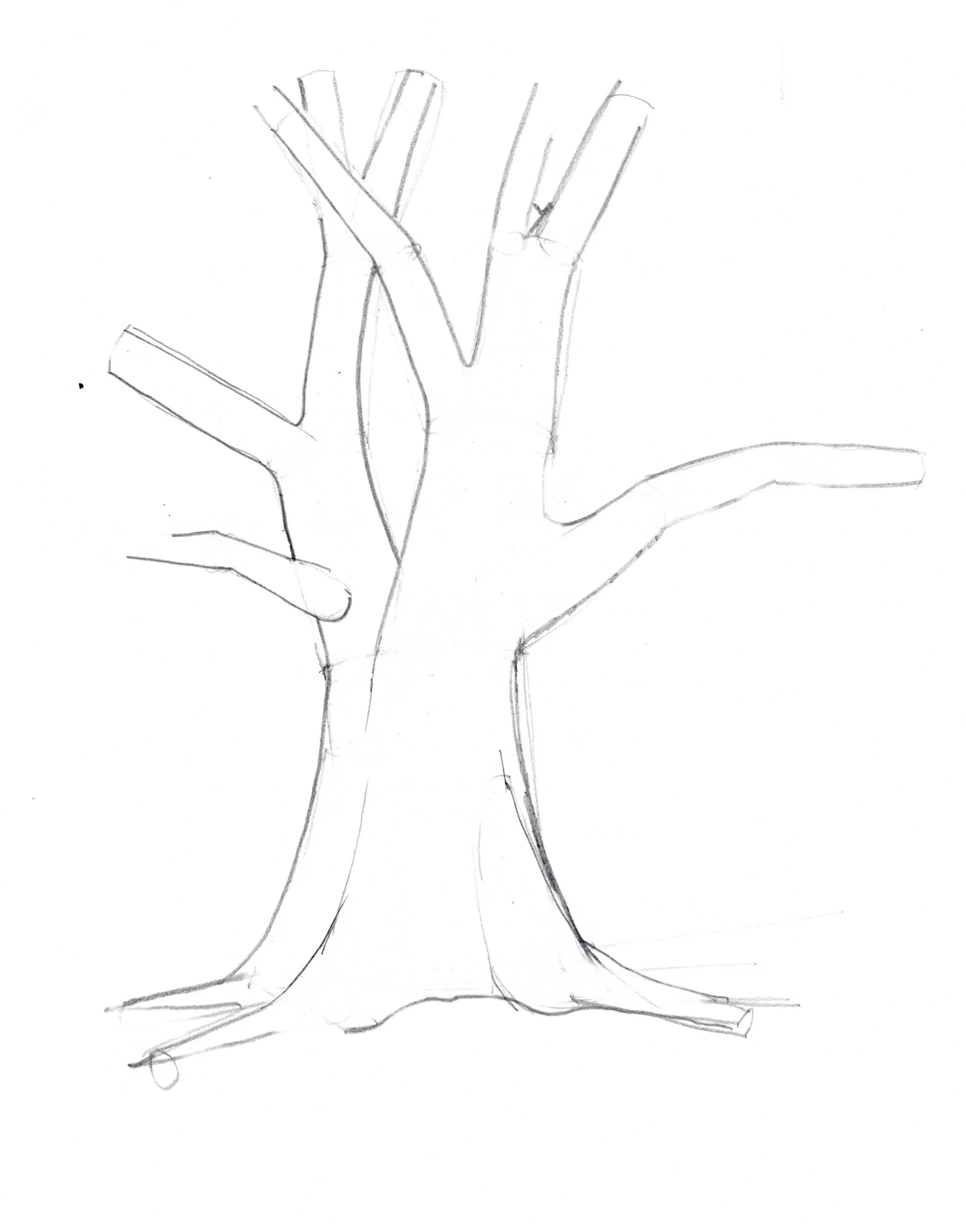Draw A Tree With Cylinder Shapes
Drawing is made easier when starting with simple shapes. Cubes, spheres, cones, pyramids and cylinders - individually or combined - are shapes that form the underlying structure for even the most complex object. Interestingly, all of them are three-dimensional shapes that are constructed with underlying two-dimensional shapes : squares, circles, triangles and rectangles.
The 2D/3D distinction is an important idea. Drawings and paintings are done on two-dimensional surfaces. Objects and the scenes they inhabit are three-dimensional. Drawing even simple 3D shapes requires the inclusion of visual cues for convincing dimensional representation. In the case of a cylinder, which a combination of a rectangle and two circles, applying the distortion of perspective and careful placement of curves does the job.
The Cylinder
Cylinders are three-dimensional forms built from a pair of two-dimensional forms, the circle and rectangle.
Distorting the circle by flattening it into an oval, attaching it to the ends of a rectangle produces a cylinder.
The structure of a tree is fairly simple in the main trunk at the ground level, but becomes increasingly complex as trunks divide and branches diverge. Even so, all of the elements of a bare tree - the trunk, branches and twigs all share a single, simple underlying cylinder shape.
Combining many cylinders oriented in various directions makes it easy to draw the form of a tree trunk and major lower branches.
Connect Cylinders
Start with a single large cylinder that represents the main trunk.
Add various other smaller cylinders above to shape, stacked one one another for the major trunks.
Add smaller, thinner cylinders along the sides of the main trunk to represent attachments to the roots
Attach smaller cylinders more or less perpendicular to the upper trunks to represent major branches near the bottom of the tree.
Notice that many of the cylinders are smaller at one end or bent or both. This helps represent the curving, tapering nature of tree trunks and branches
Draw The Contours
Now draw lines that roughly follow the outlines of the cylinders.
These contour lines can be curved, smoothing out the somewhat angular form and capturing the graceful nature of many trees.
Cylinders And Contours
With contours drawn, it is easy to see how the cylinders created the underlying mass and structure, while the pencil contours completed and refined the form.
Erase The Cylinders
Finally, erase the cylinder shapes, leaving behind only the tree outlines.
The result may be surprisingly representational.
The tree was approached casually, with little attention paid to overall proportion and scale. Although this approach can be applied to any subject, many subjects require more care with their proportions and scale.





